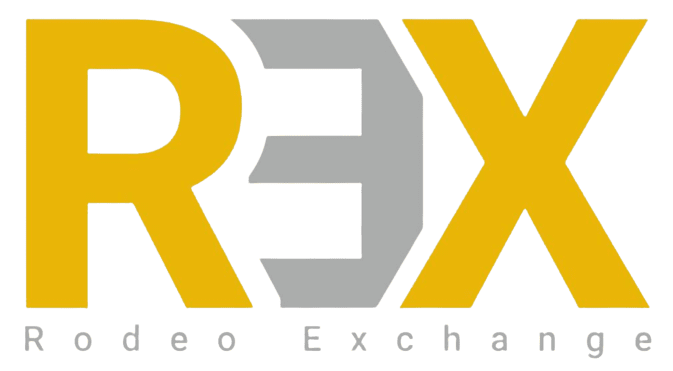A 1031 exchange, also known as a like-kind exchange or tax deferred exchange, is where real property that is “held for productive use in a trade or business or investment” is sold and the proceeds from the sale are reinvested into a like-kind property intended for business or investment use, allowing the taxpayer, or seller, to defer the capital gains tax and depreciation recapture on the transaction.
The property sold as part of a 1031 exchange is the Relinquished Property. The property purchased is the Replacement Property. The real property in a 1031 exchange must be like-kind; most real estate is like-kind to all other real estate. For example, an office building could be exchanged for a rental duplex, a retail shopping center could be exchanged for farmland, etc.
During a 1031 exchange, neither the taxpayer, nor an agent of the taxpayer, can receive or control the funds from the sale of the property. If a taxpayer has direct or indirect access to the funds, a 1031 exchange is no longer valid. A qualified intermediary is used to hold the proceeds of the Relinquished Property sale until it is time to transfer those proceeds for the closing of the Replacement property.
To be eligible for a 1031 exchange the person or entity must be a US tax paying identity. This includes individuals, partnerships, S-corporations, C-corporations, LLCs, and trusts. However, it is a requirement that the same taxpayer sells the relinquished property and purchases the replacement property for a valid exchange.
1031 exchanges were first authorized in 1921 because Congress saw the importance of people reinvesting in business assets and they wanted to encourage more of it. There have been changes and additions to the regulations that govern 1031 exchanges, and the most recent changes impacting real estate in a 1031 exchange were in 2001.
Please see our “Exchange Steps” in our resources tab to better understand the structure of a transaction as an IRC §1031 tax deferred exchange.
Courtesy IRS Link:
